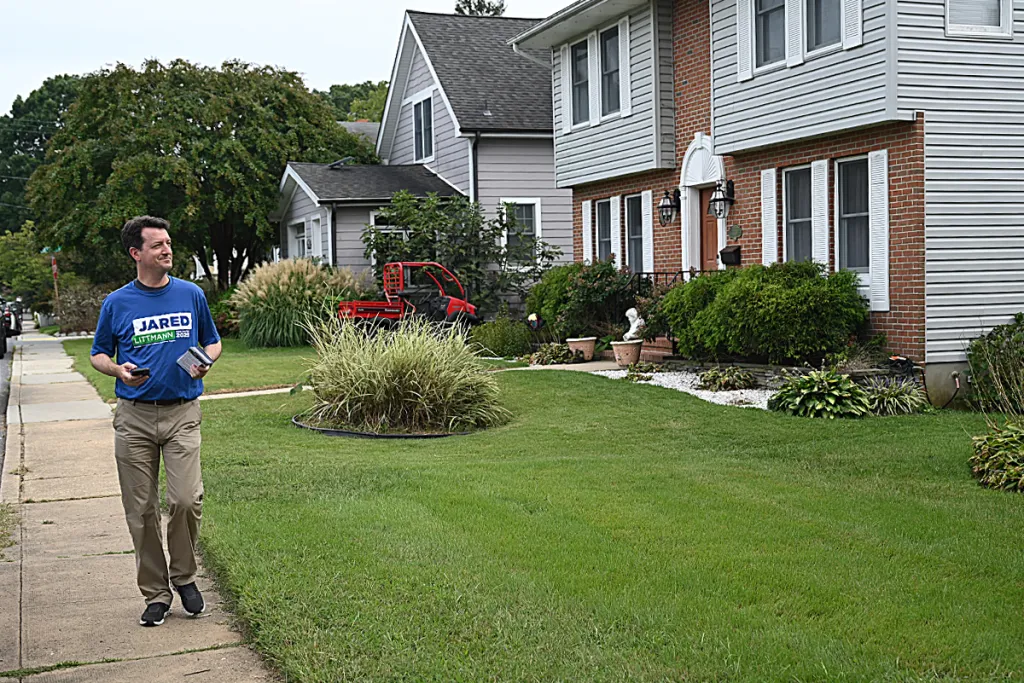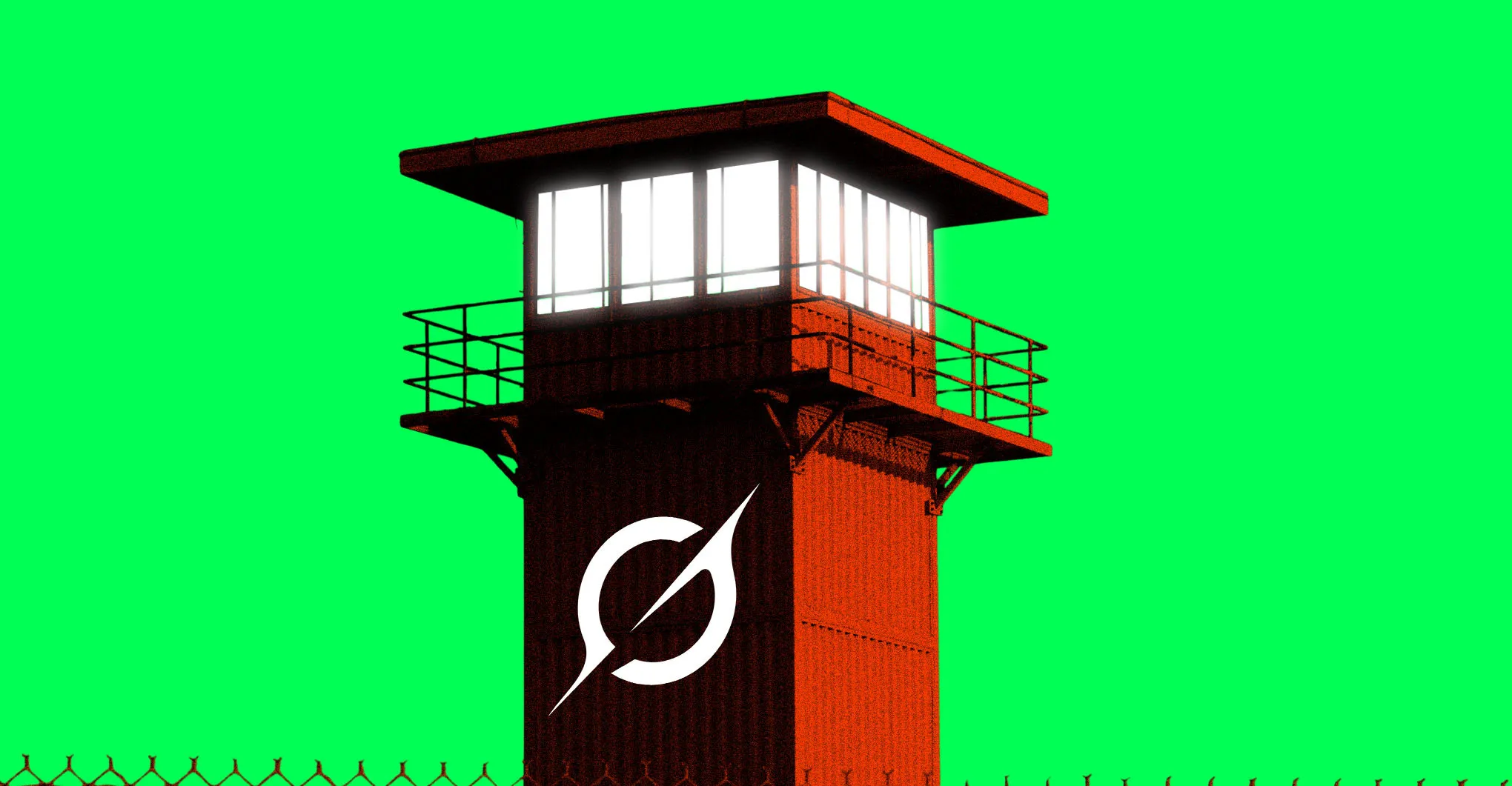
Annapolis residents on Monday may have spotted inflatable dinosaur- and shark-costumed supporters cheering on Jared Littmann’s mayoral campaign or Rhonda Pindell Charles‘ campaign as they set up signs outside polling places.
Tuesday’s Democratic primary election will help determine the next chapter in Annapolis politics, as two-term Mayor Gavin Buckley ends his eight years leading city politics. No matter how the primary ends, the city will have a new mayor and new faces occupying at least half of the eight-member city council by the end of this year.
The winner of the Democratic mayoral primary will advance to the November election against Republican Bob O’Shea. Any Republican and unaffiliated candidates in the alderman and mayoral elections did not have primary election opponents, so they will automatically advance to the November election.
Four incumbent aldermen — in Wards 3, 4, 6 and 8 — will not be running for re-election, and there will be four competitive alderman primary elections in Wards 1, 3, 4 and 6.
The most competitive city primary is in Ward 1, home to the historic downtown, with four Democrats competing against appointed Alderman Harry Huntley. Candidates were out in full force Monday, with every candidate telling the Capital they were knocking on doors.
On Monday, Genevieve Torri, one of the Ward 1 candidates, said she canvassed a four-mile loop, sent out emails, updated her social media platforms and met up with some neighbors supporting the campaign. Other candidates, such as Ben Bramsen and Kathleen McDermott, said they conducted some canvassing, focusing on get-out-the-vote strategies. Huntley said he picked up signs and was heading out to do canvassing in his neighborhood alongside state Del. Dana Jones. Ron Gunzburger said he was canvassing all day Monday, knocking on the doors of people who weren’t home during previous door-knocking sessions.
Some key issues in the Ward 1 election have been changes to the city dock and the surrounding area, city finances and what to do about short-term rentals in the ward.
“We will rest when the vote is done,” McDermott wrote in an email to The Capital.
How to vote
Polls are open from 7 a.m. to 8 p.m. Tuesday.
To vote in-person, voters must go to the polling location in their ward. New city wards, which can be found on the city’s website, take effect this election.
Mail-in ballots can be placed in drop-off boxes located in every ward, which are accessible at the polling locations. Ballots can be mailed if they are postmarked by election day, but city officials are urging residents to drop their ballots in the drop boxes after reports of significant delays in the mail system.
The Anne Arundel County Board of Elections has spoken with the postal service, which has reminded a Baltimore sorting facility that election mail must be prioritized, Eileen Leahy, the city Board of Supervisors of Elections chair said during a meeting Friday.
Election results
City voters will have to wait for primary election results. Only in-person votes cast on Election Day will be counted in the release of unofficial vote tallies on Tuesday night, which will occur shortly after the last voter in line submits their ballot.
Mailed-in ballots, ballots placed in drop boxes and provisional ballots will be counted starting Sept. 23. The count and certification of the primary ballots could then take one to two days, according to a city news release.
As of Wednesday, nearly 2,000 mail-in ballots have been sent to Annapolis voters and 841 were returned. In 2021, the city’s most recent local primary election, 1,772 people voted.
Mail-in ballots must be postmarked, if mailed, or placed in a ballot drop box by 8 p.m. on Tuesday. The mailed ballots must be received within seven days after Election Day.
Have a news tip? Contact Katharine Wilson at kwilson@baltsun.com.



